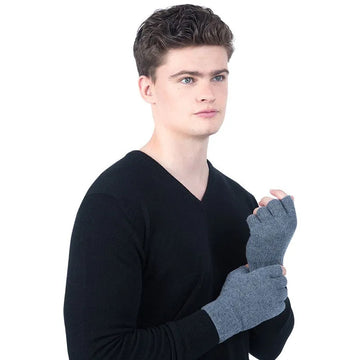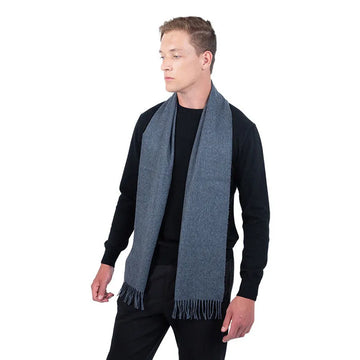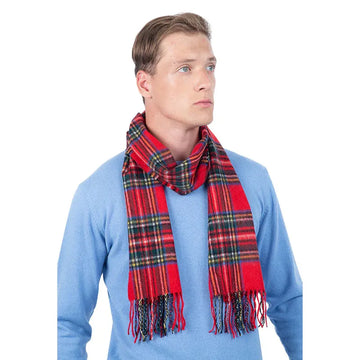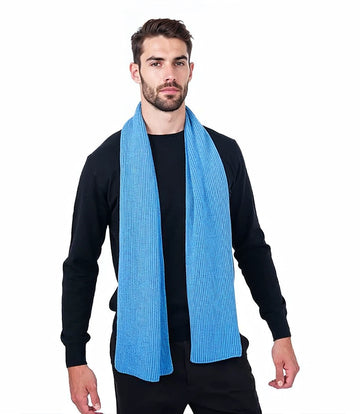Whilst more accessible and widespread now than perhaps ever before, cashmere clothing has never lost its luxurious reputation, and thanks to a mix of high quality, rarity and high demand commands a price commensurate with its status.
This is nothing new, of course, and for hundreds of years, the Kashmir shawl has been an article of clothing associated closely with Indian nobility, with this status reaching its zenith with the founding of the Mughal Empire and its “khil’at” robes of honour, traditionally a gift from royalty.
By the 19th century, however, they had become very popular in French and English high society to the point of reaching an almost-mythical status and creating multiple industries built to try and replicate the intricate craft and feel of cashmere.
This incredible interest in cashmere can arguably be attributed to three women.
The first is Empress Josephine of France, husband of Napoleon Bonaparte and the owner of as many as 400 Kashmir shawls until her untimely death in 1814.
The next is Queen Victoria, who shaped the culture of Great Britain throughout her exceptionally long reign as Queen of England and loved Kashmir to the point that part of the Treaty of Amritsar of 1846 required the Maharaja to send her three pairs of shawls every year.
The third is Elizabeth Gaskell, a successful Victorian writer who, whilst less remembered than Jane Austen or the Bronte sisters outside of literary circles, arguably did more than most to cultivate a love of cashmere in England.
A Tale Of Two Englands
During her lifetime, Elizabeth Cleghorn Gaskell was arguably best known as the author of Charlotte Bronte’s autobiography to the wider world, although within literary circles she had received a lot of acclaim.
The greatest praise she received was from Charles Dickens, who compared her to the storyteller Scheherazade from the book One Thousand And One Nights and invited her to write for his magazine Household Words.
In the same year, she published her autobiography on the late Bronte sister, however, she was also in the midst of writing her serialised novel North And South, a tale as old as time about class and the regional divide in England, and one that introduced a surprising number of people to the idea of cashmere.
The story chronicles the story of Margaret Hale, a genteel young woman from a rural southern village who due to several situations beyond her control ends up moving to a northern industrial town, where she gets a crash course in inequality, industrial relations and the condition of England circa 1850.
At the time, the book was seen as challenging in a number of ways, and famously led to conflicts between Mrs Gaskell and Mr Dickens, who published the novel Hard Times at the same time and in the same magazine.
Margaret in the novel modelled a cashmere shawl in the first chapter, describing its smell, softness and brightness in vivid detail, eventually wearing a similar garment to meet her future husband.
This depicted and highlighted that Kashmir shawls were often the most expensive luxury item a woman would carry on her person, given that during that era women were limited by law to what property and land they were allowed to own, something noted in North And South itself.














